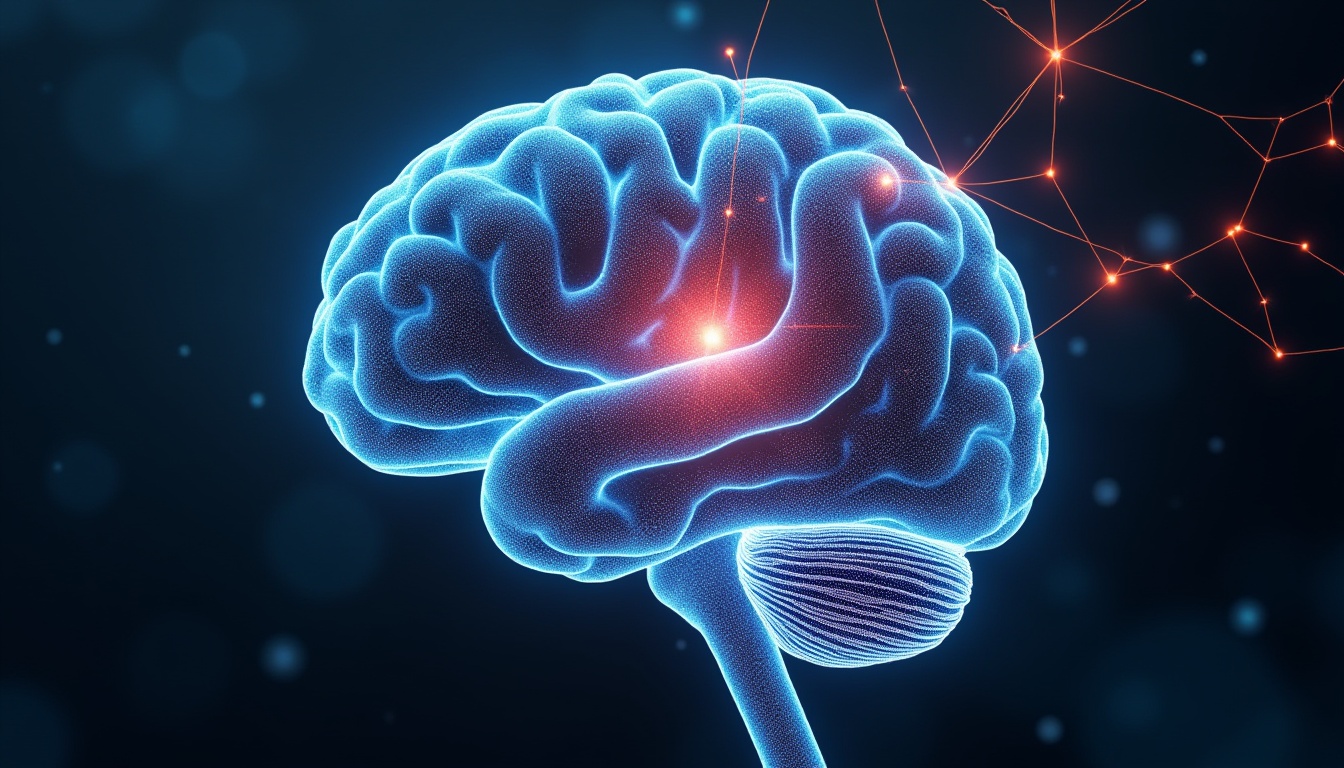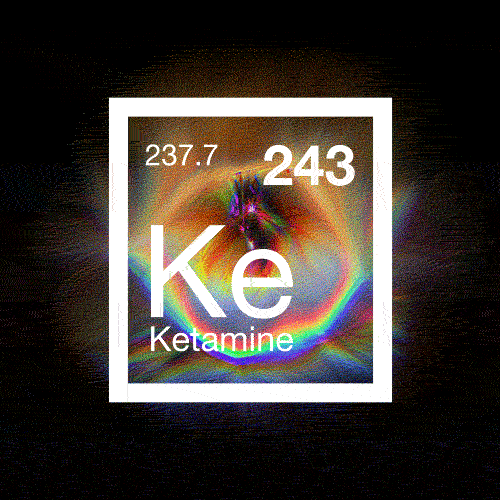The Science Behind Ketamine: How It Affects the Brain

The Science Behind Ketamine
Ketamine has gained attention for its potential to treat mental health conditions, but its mechanisms are not as widely understood. Originally used as an anesthetic, ketamine is now being explored for its rapid antidepressant effects. This blog delves into the science behind ketamine, explaining how it works in the brain and why it has become a promising treatment option.
How Ketamine Affects the Brain
Ketamine is known for its unique action on the brain compared to traditional antidepressants. Unlike selective serotonin reuptake inhibitors (SSRIs), which focus on serotonin levels, ketamine primarily affects the glutamate system. Glutamate is a neurotransmitter involved in synaptic plasticity, which is crucial for learning and memory.
NMDA Receptor and Glutamate
Ketamine’s primary mechanism involves its interaction with the NMDA (N-methyl-D-aspartate) receptor, a subtype of glutamate receptor. By blocking NMDA receptors, ketamine increases the release of glutamate in the brain. This leads to a cascade of events that promote the growth of new synaptic connections and enhance synaptic plasticity. This process is believed to contribute to ketamine’s rapid antidepressant effects.
AMPA Receptor Activation
In addition to NMDA receptor blockade, ketamine also enhances the activity of AMPA (alpha-amino-3-hydroxy-5-methyl-4-isoxazolepropionic acid) receptors. This activation further stimulates the release of brain-derived neurotrophic factor (BDNF), a protein that supports the growth and survival of neurons. The increased BDNF levels are thought to play a role in ketamine’s therapeutic effects, including improvements in mood and cognition.
Impact on Brain Networks
Ketamine’s effects extend to various brain networks involved in mood regulation, such as the default mode network (DMN) and the limbic system. By modulating these networks, ketamine can alter negative thought patterns and improve emotional regulation. This reconfiguration of brain activity is one reason why ketamine can be effective in treating conditions like depression and PTSD.
Research and Future Directions
Ongoing research is exploring the full potential of ketamine and its effects on the brain. Studies are investigating its long-term benefits, optimal dosing strategies, and potential applications for other mental health conditions. As more data becomes available, it will help refine treatment protocols and expand our understanding of ketamine’s impact on mental health.
Conclusion
Understanding the science behind ketamine helps illuminate why it is a promising treatment for mental health conditions. By affecting the glutamate system and promoting synaptic plasticity, ketamine offers a unique approach to alleviating symptoms of depression, anxiety, and other disorders.
Use promo code buyket to receive 10% off your first order.
Shop now for ketamine products and services at Buy Ketamine Canada.






